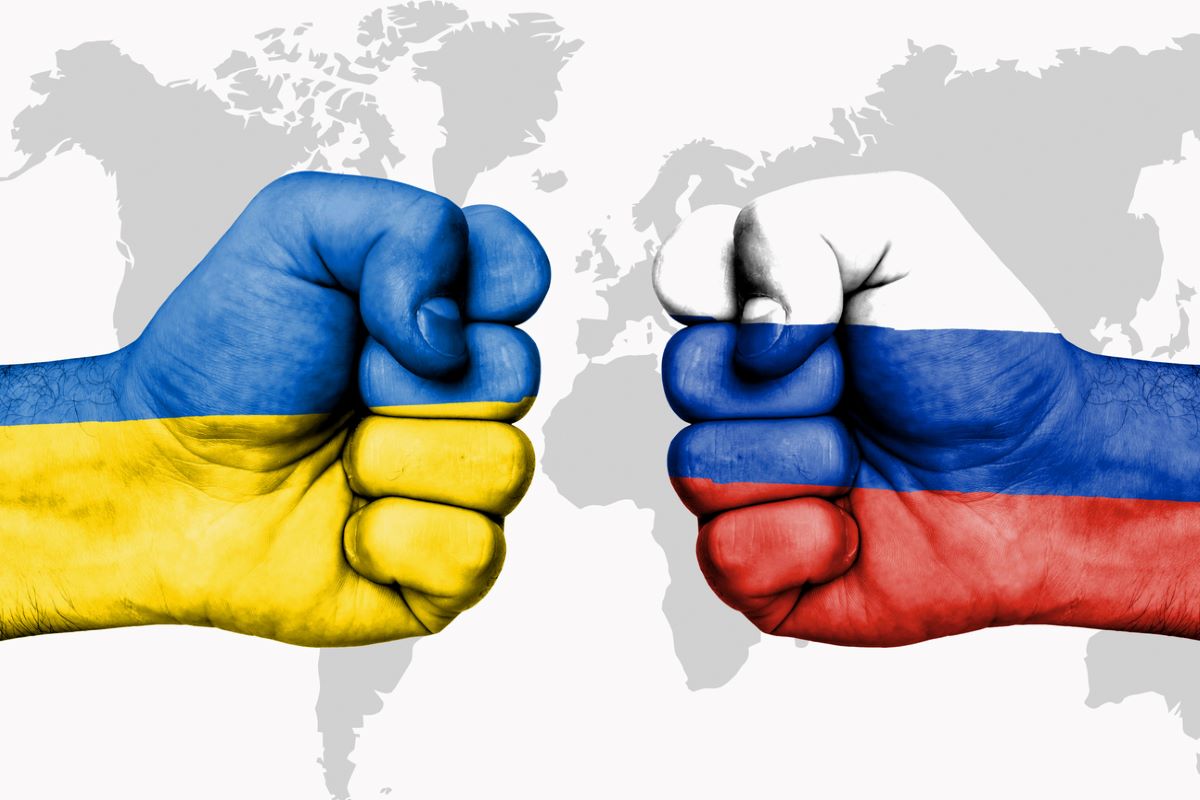Even as tensions between the West and Russia over Ukraine ebb and flow with the possibility of conflict erupting at a moment’s notice, there is a discernible change in the West’s handling of the muscle-flexing by Russian President Vladimir Putin.
Washington in particular has, learning from what it terms Moscow’s previous aggressions in the region, deployed a tactic of aggressively disrupting the Kremlininspired narrative which has accompanied its previous armed forays into the Crimea and Georgia.
Advertisement
It is a high-risk strategy that US President Joe Biden is following because it includes disseminating information in near-real-time ~ such as was witnessed when the Americans went to town last week with the accusation that the Russians has begun a “false flag operation” to pre-empt Mr Putin’s next moves in Ukraine ~ which risks exposing important sources and methods of intelligence collection.
Security expert Jessica Brandt points out that if the Kremlin figures out where leaks are coming from, it could plug them, leaving the USA and its European allies without high-quality information precisely at a time when it is needed the most. To be fair, the Biden Administration is obviously cognisant of this danger which is why its assertions have not been backed by hard evidence; but that, in turn, has led to a degree of scepticism in global capitals around its claims.
Yet, the West has persisted with this strategy perhaps in recognition of the fact that Russia is contesting the information space with as much, if not more, emphasis than it is the military terrain. According to Brandt, Washington has claimed that the Kremlin is using corpses, video clips of blown-up buildings, staged Ukrainian military equipment, and actors playing Russian-speaking bereaved, to produce a fabricated graphic film that would create a pretext for Russian intervention in Ukraine.
Western governments are also aggressively pushing the line that Moscow has plans in place to install a pro-Russian leader in Ukraine and has already chosen a candidate. By launching a high-decibel campaign to call what it sees as the Kremlin’s bluffs, the White House cannot realistically expect to foil Mr Putin’s plans. But experts say the calculation seems to be that even if this strategy does not wholly succeed, it would throw a substantial spanner in the works making it difficult for Russia to deploy disinformation to deflect culpability for its actions in the aftermath of any intervention.
Also, for the democracies of the West where public opinion is a vital input in the formulation of foreign policy, such a strategy would help governments garner citizens’ support for a sharper response to any Russian military aggression. It is not as if the Russians are unaware of the West’s playbook. In fact, there is a growing body of Moscow-watchers who believe that Mr Putin may counter this move by aggressively building a counter-narrative around the lack of granular evidence produced by Washington to back its claims, thereby undermining America’s credibility which has been his strategic aim for a while.
